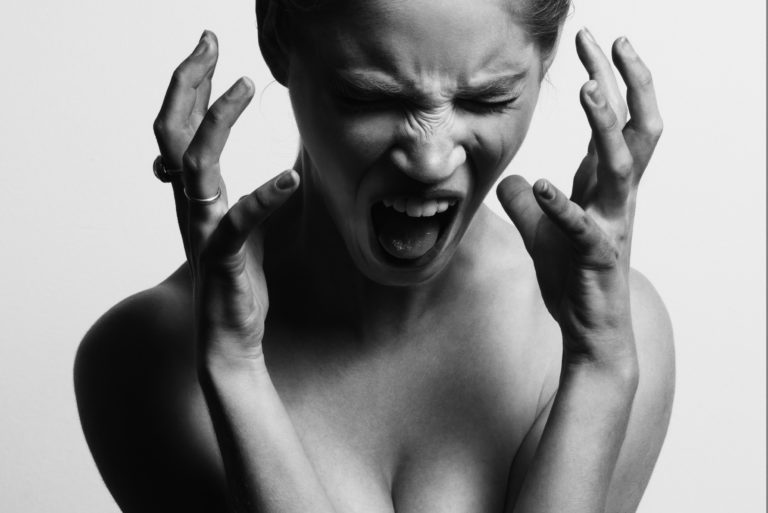Kidney stones are conditions that can occur anywhere in the urinary tract. Its medical name is urolithiasis. Kidney stones can be in a single or multiple ways, that is, it can be a large kidney stone or a lot of kidney stones of small size. Kidney stones can affect anyone of any age and of any sex. Currently in the United States there is an increase in kidney stones disease in women between the ages of 25 and 30. Kidney stones can be classified according to their composition. Some of them are:
Calcium oxalate kidney stones: These kidney stones are the most common and occur in people between 20 and 30 years of age. Due to the intake of dairy foods and the physiological process of demineralization of the bones these kidney stones are produced.
Uric acid Kidney stones: These crystals are formed when there is an excess of uric acid in the body.
Cysteine Kidney Stones: They are hereditary kidney stones and very rare only 5% of the population suffers this type of kidney stones.
Kidney stones from other electrolytes: This type of stones are observed in patients with chemotherapy and excessive consumption of alcoholic beverages
Calcium and phosphate crystals Kidney stones: This type of kidney stones is very rare. They are occur due to infections by bacteria of the Proteus genus.
Struvite kidney stones: Struvite kidney stones occur only in 10% of cases and are mainly due to Mycoplasma infections.
In the same way, many diseases result in occurance kidney stones. Some of them are: Gout, idiopathic hypercalciuria, neoplasms, hyperparathyroidism and others diseases. Kidney stones are formed due to the increase of certain substances in the kidney such as calcium and uric acid. The kidney can filter certain amounts of these substances, when they exceed that limit, the kidney cannot filter them.
These substances accumulate in renal calices and Randall’s plaques, the substances break the plates of Randall and pass to Henle handle, in this portion of the kidney the substances crystallize and the kidney stone is formed.
The symptoms of renal colic depend on the location of the renal calculus in the path of the urinary tract. Also the kidney stones only show pain when the stones are large enough to obstruct the urinary tract.
However, in women, some symptoms are:
The Pain in the lower back that can radiate to the pubic bone: This pain is a sudden, severe pain that gets worse with movement. People who have suffered kidney stones report that the pain is similar to a labor pain. However, in some people, the pain of kidney stones starts in the abdomen and radiates to the lower back.
Nausea, Desire to vomit, Cloudy or foul smelling urine: cloudy and foul smelling urine is due to the blockage caused by the stones, as this causes the accumulation of bacteria.
Persistent need to urinate: the persistence of the need to urinate is due to the urinary system trying to descend the stones by contracting the muscles of the ureter, for this reason there is a persistent need to urinate
Urinating small amounts: Urinating in small amounts is due to the obstruction caused by the stones in the ureter, which does not allow urine to flow normally.
Urinating more often than usual but in small amounts: This is similar to the obstruction caused by the stones in the ureter
Hematuria which means blood in the urine. The urine can turn completely red or pink, indicating the presence of blood in the urine. The blood is due to the fact that while the stone goes down the ureter it can injure the ureter.
Painful urination: The painful urination is due to the decrease in the renal calculus along the entire length of the ureter and can also cause pain when urinating when it is in the urethra or bladder.
At the moment of making the medical diagnosis it is necessary to rule out the kidney stones that appears as a nephritic colic with appendicitis, ovary torsion, ectopic pregnancy, strangulated hernias, among other pathologies that present a similar pain. The definitive diagnosis of a kidney stone is made by ultrasound. In the ultrasound we can see darker images in the urinary tract that tells us about the presence of a stones. In addition we can show hydronephrosis at the kidney level.
Kidney stones of sizes less than 0.5mm tend to be removed without pain, however when kidney stones measure more than 0.5mm they can cause pain. Kidney stones can occur throughout the life of the patient, that is, they can have several episodes of nephritic colic throughout their life. To prevent this, the doctor will evaluate the risk factors associated with kidney stones.
The doctor will evaluate if there is a history of kidney stones in the family. If a relative has suffered from kidney stones, there is a genetic component and that increases the risk of suffering kidney stones.
In the same way, the consumption of foods rich in protein, sodium and calcium increases the risk of kidney stones. The doctor will evaluate if there is a history of kidney stones in the family. If a relative has suffered from kidney stones, there is a genetic component and that increases the risk of possibility of kidney stones.
It is also, the consumption of foods rich in protein, sodium and calcium increases the risk of kidney stones. Also the risk of possibility kidney stones increases when not enough water is consumed in the day to day.
Basically the treatment for any kidney stones is to decrease the risk factors like are decrease the consumption of foods that contain calcium and sodium; Also decrease the consumption of alcoholic beverages and soft drinks. If the patient suffers from overweight it is recommended to lose weight in order that their kidneys filter better. In the same way, medications are administered to alkalize the urine. Because another risk factor for presenting kidney stones is urine with a pH less than 4.

